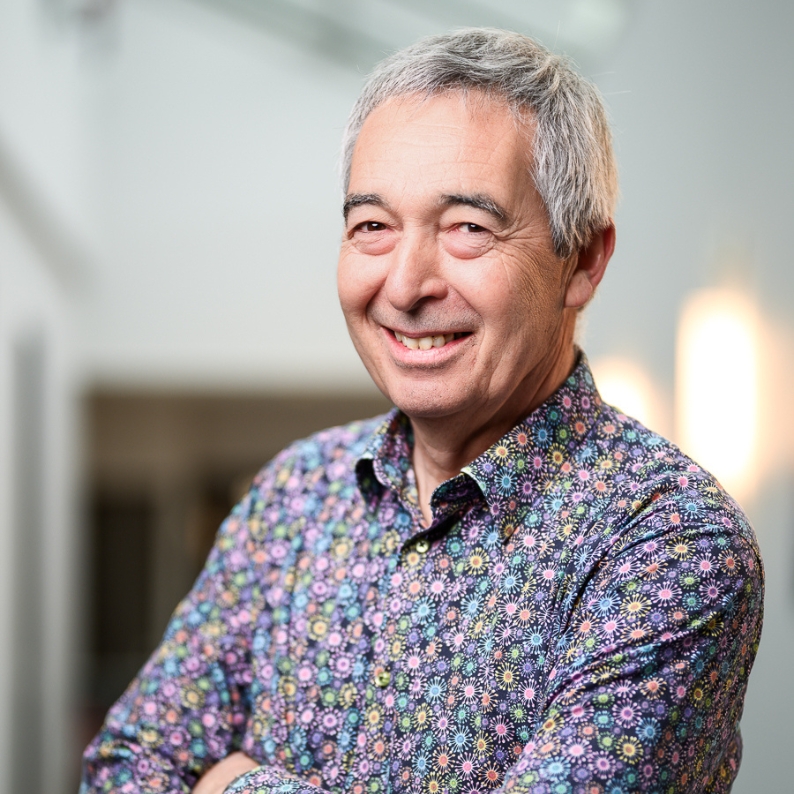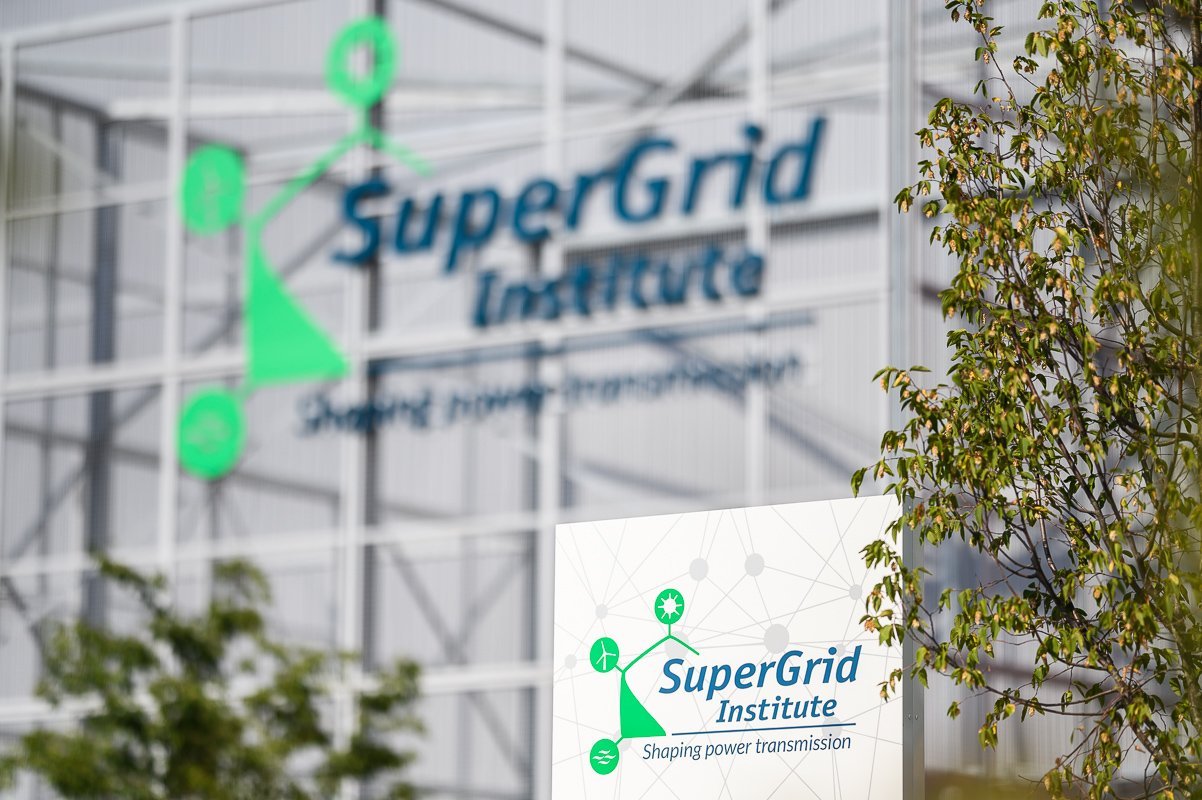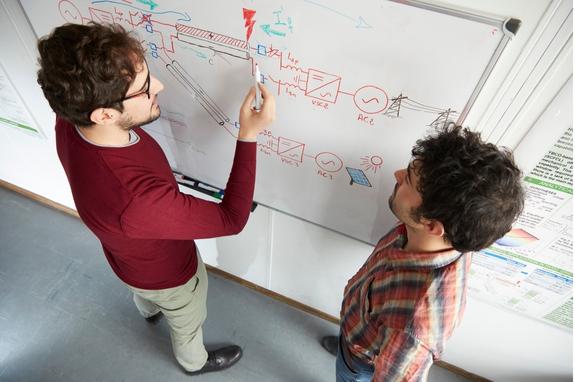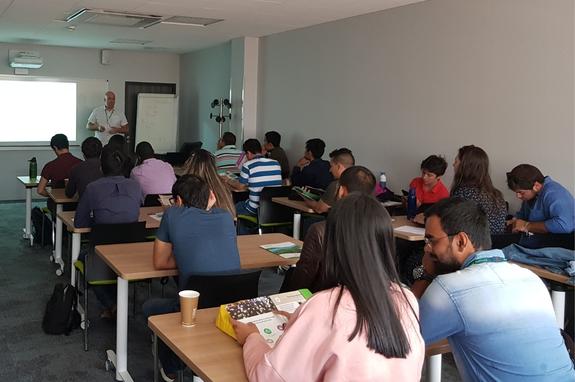Educational mission
Understanding HVDC and MVDC systems is crucial to the energy industry

“As an Institute for Energy Transition, SuperGrid Institute has a clear educational mission. Our training programme aims to render HVDC and MVDC technologies and innovations accessible to all, from initial training to lifelong learning. At SuperGrid Institute, we believe that effective learning is best achieved through “learning by doing.” Our collective knowledge and know-how drive our training offer to help pave the way for the power grids of the future.”
Amiel Kaplan, Training Programme Director
SuperGrid Institute is a knowledge mine for innovation at the forefront of power grid technologies and works to promote energy transition through education at every level, from secondary school to life-long learning. We support our clients in developing their competencies and support educational institutions in creating training curricula on HVDC and MVDC technologies.
Leveraging our unique position as an Insitute for Energy Transition (ITE) with both industrial and academic shareholders, we are able to bank on our knowledge and expertise with our unique environment for research and innovation making us a partner of choice for competency development and a leader in the domains of HVDC supergrid and MVDC technologies.

Industry training
As a leading expert in HVDC and MVDC power system technologies, SuperGrid Institute provides technical training for companies and professionals already working in the industry who are looking to further their knowledge and develop competencies for their workforce in these rapidly developing technologies.
We offer standard and custom-made courses face-to-face and remotely, developed to address the specific needs of each client.
Education
The energy industry is rapidly evolving towards the integration of renewable energy sources relying more and more on DC transmission and technologies. It is essential that the next generation of electrical engineers and materials experts is prepared to operate in this new environment.
SuperGrid Institute works closely with higher education institutions, helping them develop curricula that include HVDC and MVDC technologies and systems. We offer internship and PhD opportunities to students, enabling them to work alongside our research engineers to carry out projects and applied research that addresses industry needs.
Some of our projects
Some examples of projects we’ve delivered developing competencies within industry and driving electrical engineering curricula in education:

Client training
We have delivered training on various subjects including an introduction to HVDC, MVDC, protection, components and power conversion, transient overvoltage phenomena…
They placed their trust in us:





Education
As part of our objective to drive curricula towards HVDC expertise needed for the future of the industry we have put in place the following framework agreements:
- INSA Lyon: developed curricula focused on HVDC grids for the electrical grid pathway in their master’s degree in electrical engineering.
- Grenoble INP: developed the HVDC grid-related option in the international master’s degree in electrical engineering for smart grids and buildings.
- Université Claude Bernard Lyon 1: providing ongoing support for the curricula of the pathway focused on HVDC in the master’s degree on electronics, electrical energy, automation.

Outreach
We regularly run and participate in outreach activities to promote science and more particularly the field of energy. Some examples include:
- Annual participation in France’s national science festival, welcoming schools and members of the public to the institute to learn about electricity and energy transition.
- Contribution to seminars aimed at university students.
- Development & distribution of learning activities made available to schools and lifelong learners in the region, to teach them about our domain and attract talent.


